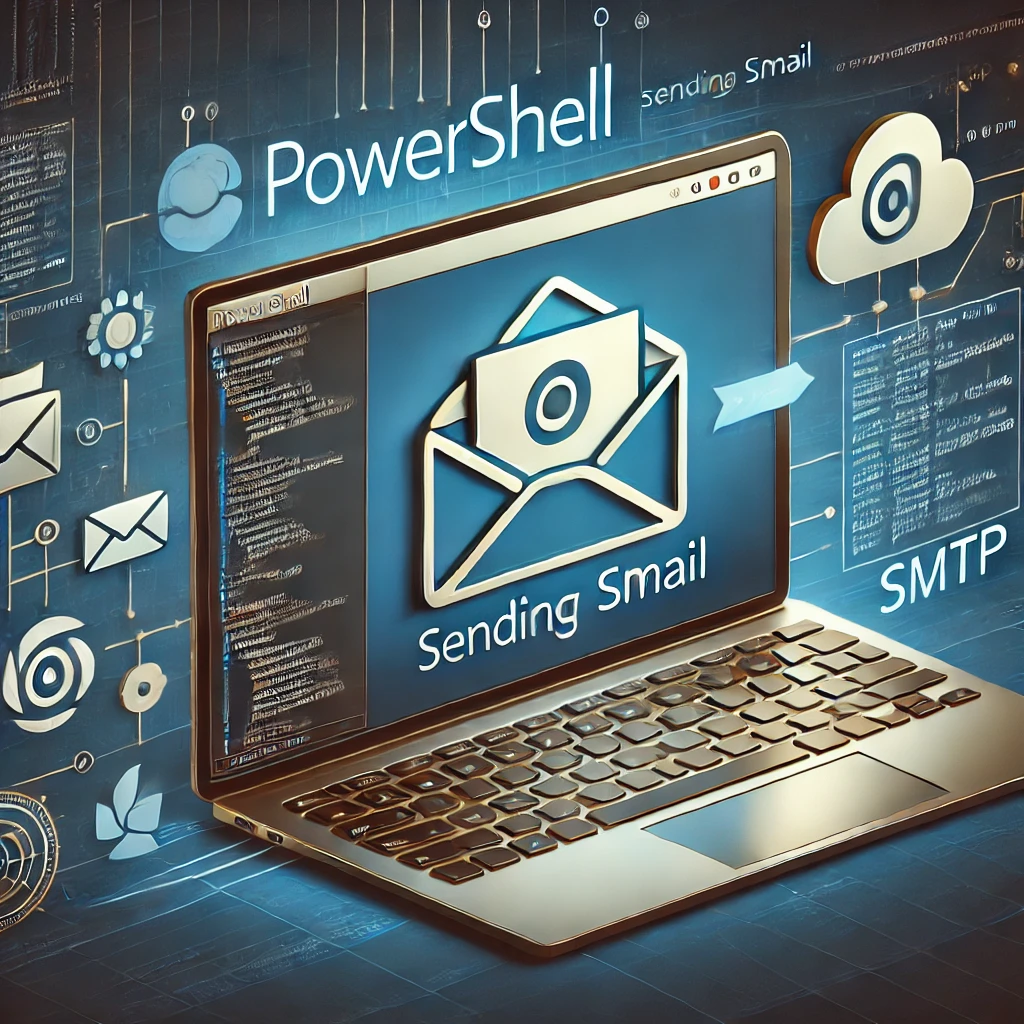Free SMTP Mail Server to Send Email: Reliable Options Without the Cost
Disclosure: This post contains affiliate links. As an Amazon Associate, I earn from qualifying purchases—at no extra cost to you.
If you’ve ever needed to send automated emails from a script, web form, or business app, you know how important a reliable SMTP server is. But finding a free SMTP mail server to send email—that’s secure, stable, and actually lands in inboxes—is a little trickier. Free doesn’t have to mean risky or unreliable, and the right setup can power your email workflow without a dime spent.
Whether you’re running a personal website, small business notifications, or testing email integrations, let’s explore what a free SMTP server can offer and which ones are actually worth using.
What Is an SMTP Mail Server?
SMTP (Simple Mail Transfer Protocol) is the technology behind email delivery. When you send an email, it travels through an SMTP server, which acts like the digital post office—routing your message to its final destination. If you don’t have a proper SMTP configuration, emails can fail to send or get blocked by spam filters.
While many email platforms come with their own SMTP, developers and businesses often need standalone services that work independently and offer flexibility in scripting, automation, and integrations.
Best Free SMTP Mail Server Options
Let’s break down a few of the most reputable free SMTP servers you can use to send emails. These are great for low to medium-volume use cases and are widely trusted across industries.
| Service | Free Tier Limit | Auth & SSL Support | Ideal For |
|---|---|---|---|
| SMTP2GO | 1,000 emails/month | Yes | Reliable testing, small biz use |
| Sendinblue | 300 emails/day | Yes | Transactional + marketing emails |
| Gmail SMTP | ~100-150 emails/day (soft) | Yes (via OAuth/App) | Personal projects, app testing |
| Mailjet | 6,000 emails/month (200/day) | Yes | SaaS integrations, form triggers |
| Elastic Email | 100 emails/day (API) | Yes | Dev environments, app testing |
Each of these services provides clear documentation and API support for SMTP, making them plug-and-play friendly for PowerShell scripts, web apps, CRMs, and more.
Setting Up SMTP in Your App or Script
Most SMTP services require four core values to connect:
- SMTP server address (e.g., smtp.smtp2go.com)
- Port number (usually 587 or 465)
- Authentication (username/password or API key)
- SSL/TLS encryption
Once you’ve signed up for a free plan and verified your sending domain (where required), you can plug these values into your script, contact form, or email tool.
For example, in PowerShell:
powershellCopyEditSend-MailMessage `
-SmtpServer "mail.smtp2go.com" `
-Port 587 `
-UseSsl `
-From "you@example.com" `
-To "user@recipient.com" `
-Subject "Hello SMTP" `
-Body "This is a test email."
Limitations of Free SMTP Services
While free SMTP servers are convenient, they come with restrictions. Most have daily/monthly limits, require verified domains, and may throttle speed. These are fine for low-volume operations but not ideal for sending thousands of emails per day.
That said, they’re perfect for:
- Development testing
- Web forms
- Internal notifications
- Small-scale email automation
Once your email volume scales, most of these providers offer affordable paid tiers with increased limits and premium features like analytics, IP reputation control, and priority sending.
Conclusion
A free SMTP mail server can be a powerful tool for developers, small business owners, and IT pros who need dependable email delivery without high costs. Whether you’re sending alert notifications, confirmation emails, or system reports, services like SMTP2GO, Sendinblue, and Gmail SMTP have you covered.
Start simple. Pick a service that aligns with your technical needs and email volume. With a little configuration, you’ll be sending secure, trackable emails in no time—without spending a cent.







